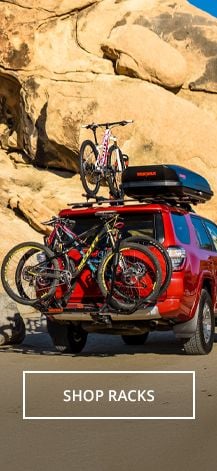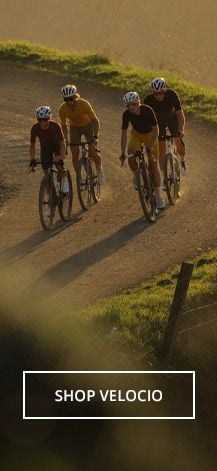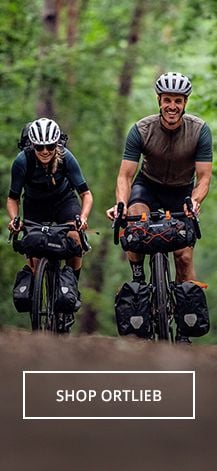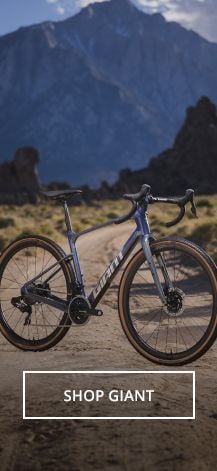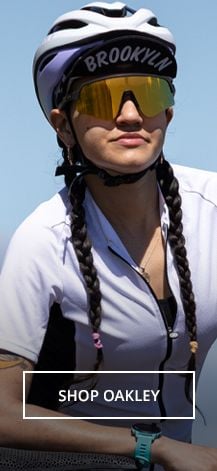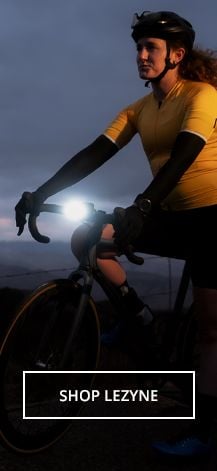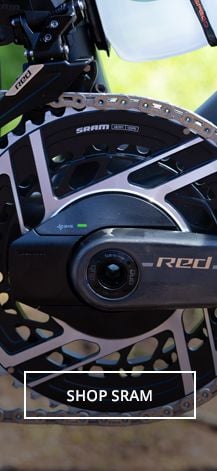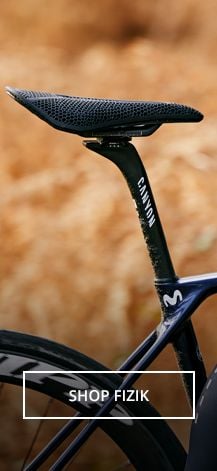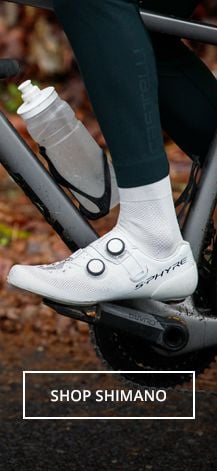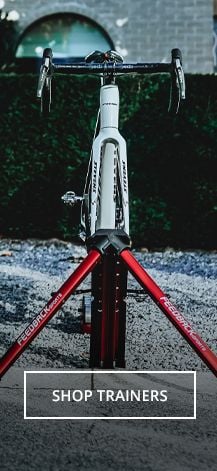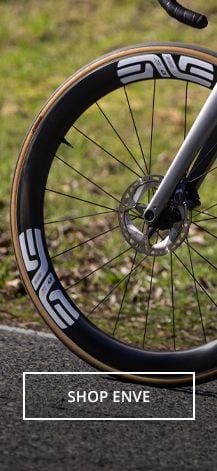
Cycling is one of the most physically demanding endurance sports and proper nutrition is one of the most impactful ways to improve your performance. But the question of how to eat and drink on (and off) the bike isn't always easy to answer.
What to eat, when to eat, and how much to eat can be different for everyone. But one thing is universally true: under-fueling will result in a very tough ride.
Keep in mind that we are not nutritionists or dietitians; this article aims to give you some simple tips to stay fueled and hydrated in order to have the best cycling experience possible.
Build A Foundation
Just like in training, you won't get far without a solid foundation. In this case, that foundation is a balanced and healthy diet consisting of carbohydrates, protein, and fat.
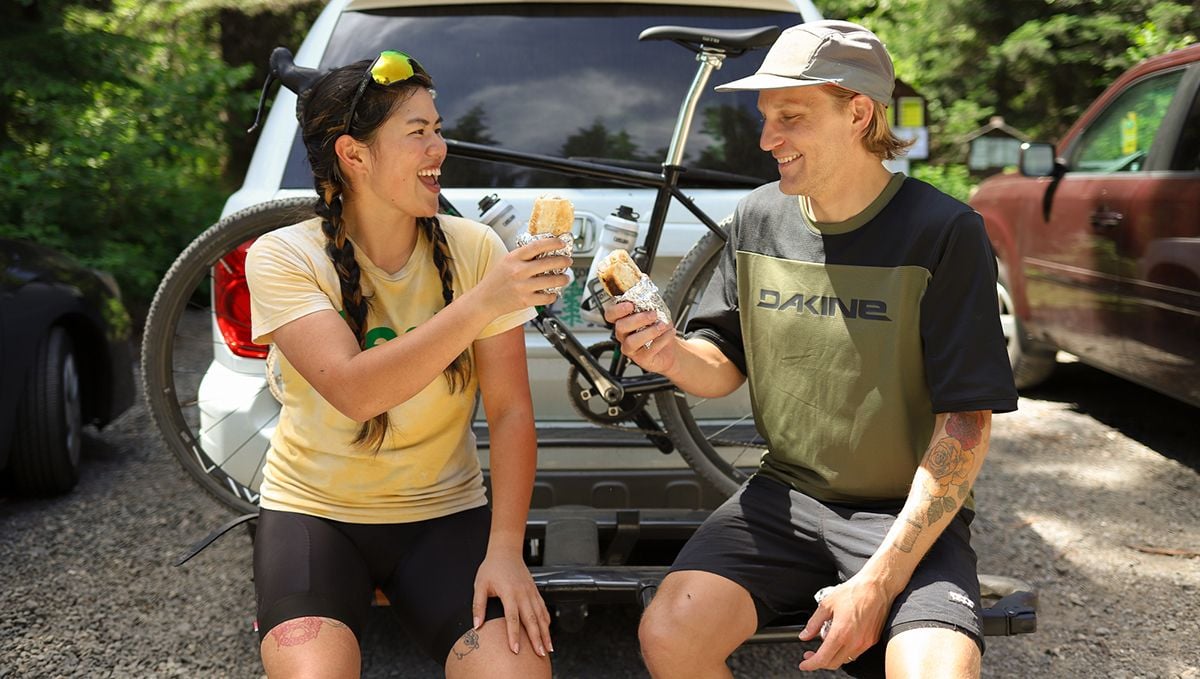
Bertrand Mejia-Morin
In cycling, we talk about carbohydrates a lot, and that's because they're essential to performance. Carbs are converted to glucose and eventually stored as glycogen in your muscles. This is your body's primary energy source and what it uses for fuel when you are pushing the pedals. When you consume too much carbohydrate that your body can't store as glycogen, it is converted to fat. If you consume too little, you run out of energy quickly. Carbs are available in an assortment of foods such as pasta, rice, oats, potatoes, beans, and other fruits and vegetables.
Protein is also essential for cycling. Not as a readily available energy source, but rather to rebuild muscle tissue after hard workouts and strenuous blocks of training. Good protein sources include meat, dairy, and eggs, but there are numerous plant-based alternatives such as beans, tofu, and certain vegetables.
Fats play an important role in your diet too, even though we often look to limit our intake of high-fat foods. Fats help you absorb nutrients and produce hormones. High-quality fats come from nuts, fish, and oils.
Balance looks different for everybody, but a good rule of thumb is to eat a carb-heavy meal about 3-4 hours before exercise and save the protein for after activity to get ahead on recovery. That way you're fueled for your workout and can recover adequately afterward to be ready for the next one. Many studies suggest a 4:1 carbohydrate-to-protein ratio is optimal for recovery, and recovery mixes such as Skratch Labs use this ratio.
Keep The Bonk At Bay
If you've ever been on a ride and found yourself completely depleted of energy, you've likely experienced what is called, a 'bonk'. This is where your muscles run out of fuel, aka glycogen, and you hit a metaphorical but very tangible wall. The best way to avoid this problem is to stay on top of your fueling during the ride.
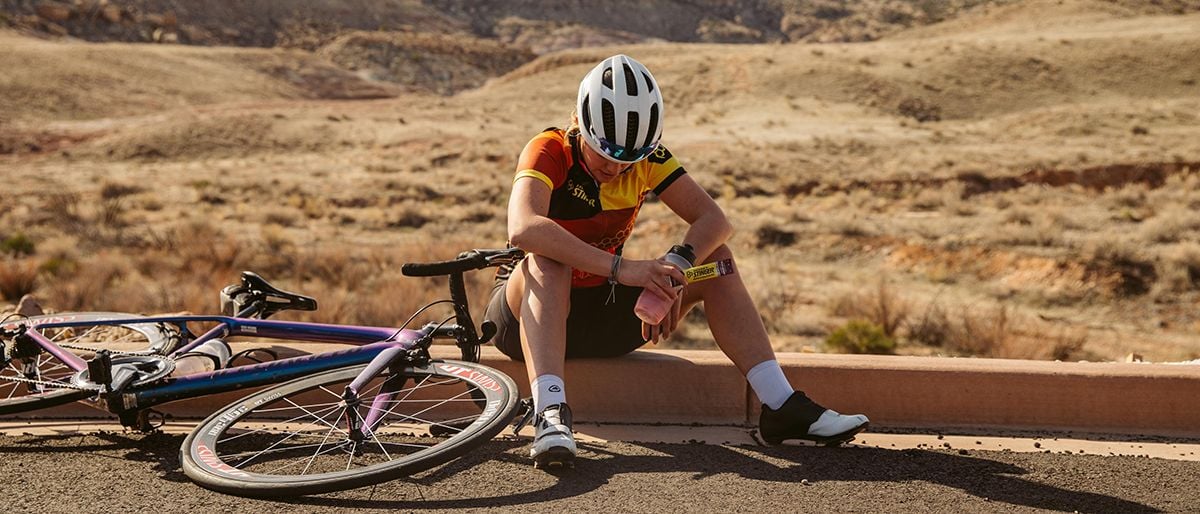
Honey Stinger
There are many strategies for staying fueled during a bike ride and you can, but for the sake of time, and our expertise, we're going to outline the basic principles. That way you can tailor your nutrition plan based on what you find works best over time.
What to eat:
Simple sugars are the best way to deliver energy to your muscles. These carbohydrates can come from solid energy bars, gels and chews, and drink mixes—or perhaps you've got your own special preferred ride snack. Sports nutrition companies such as Skratch Labs, Hammer Nutrition, GU, and many more, have developed products that you can easily enjoy on the bike and ensure you're getting the nutrients you need.
How much:
The prevailing science has long concluded that up to 60 grams of carbohydrates an hour is optimal for maintaining performance for endurance athletes and new research is suggesting as much as 90-140 grams for highly trained athletes. You may not need this for a short ride (say under an hour) but rides upwards of 1.5 hours will benefit from fueling. The longer the ride, the greater your caloric deficit and fueling needs will be. Too many carbs can also tip the scale and lead to GI distress. Exact amounts are relative for everyone and our recommendation would be to start small on your training rides and experiment with increasing the quantity as it feels right.
Science aside, if you're not concerned with maximum performance, fueling can be as simple as eating when you are hungry and drinking when you're thirsty. This formula works just fine for the many who aren't competing in long gravel events or demanding road races.


Bertrand Mejia-Morin, Camelbak
When to eat:
Just as important as what you fuel with and how much of it is when you fuel. During periods of high intensity when the body is under strain, it takes longer to absorb energy. This means solid foods such as energy bars can be harder to get down and less efficient than gels or mixes. The more fatigued you are, the harder your body will have to work to digest more complex carbs, so deeper into a ride it may be beneficial to switch to simple sugars from gels and drink mix. With this in mind, if you are on a long ride, it's generally better to eat your solid foods before switching over to more easily digestible energy sources like gels and chews.
If you are competing, it's especially important to stay on top of fueling your body and you may not be able to stay on schedule as easily when the racing is fast. Gels are an easy way to get quick, rapidly-absorbing carbs to keep your energy levels sustained. Keeping a source of carbohydrates in your bottles is also a great way to take on carbs when the pressure is on.
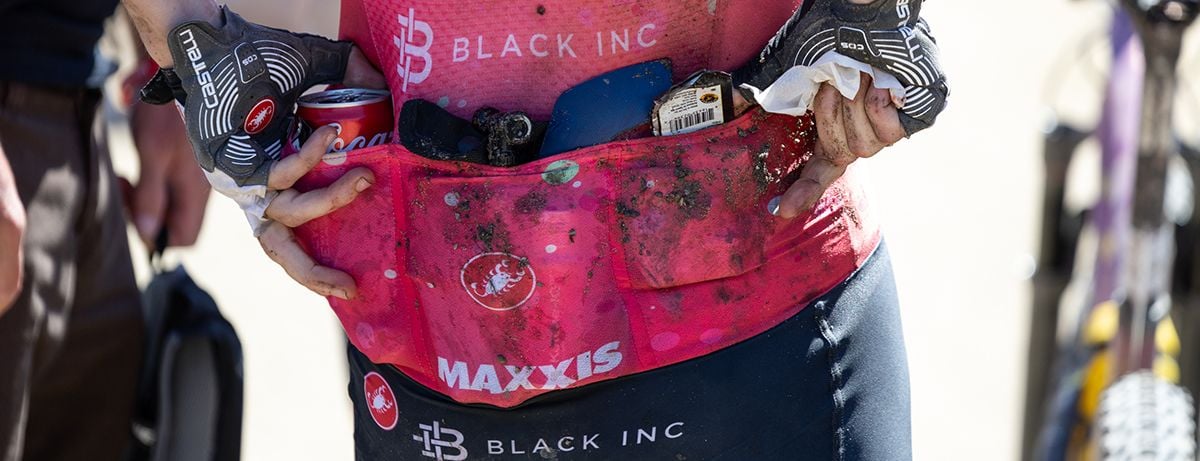
Bertrand Mejia-Morin
Don't Forget Hydration
Fueling and hydrating complement one another, but they are different. No matter what the temperature or weather conditions are, when we exercise, we lose fluids. It's important to replenish lost fluids during exercise by drinking water or a sports drink mix. Generally, for rides over an hour, you'll want an electrolyte drink mix to replenish what you lose.
When conditions are very hot, we lose even more electrolytes in our sweat—some athletes are more prone to dehydration than others depending on their sweat rates. An easy way to tell if you're an exceptionally salty sweater is if your jersey is caked in white salt stains at the end of a hard ride. But a more scientific approach is to get a sweat test to dial in exactly how much electrolytes your body needs.

Honey Stinger
Design Your Plan
Ultimately nobody knows your body as well as you do; experimenting to find what works for you is the best approach. Hopefully, these principles will help give you a good starting point in determining your own individual plan. And if you're looking to get even more scientific, our friends at Skratch Labs have a whole section dedicated to their research. After all, they're the experts, we're just here to help you get the most out of your ride!
#ridewithbtd
Words by Emmett Culp
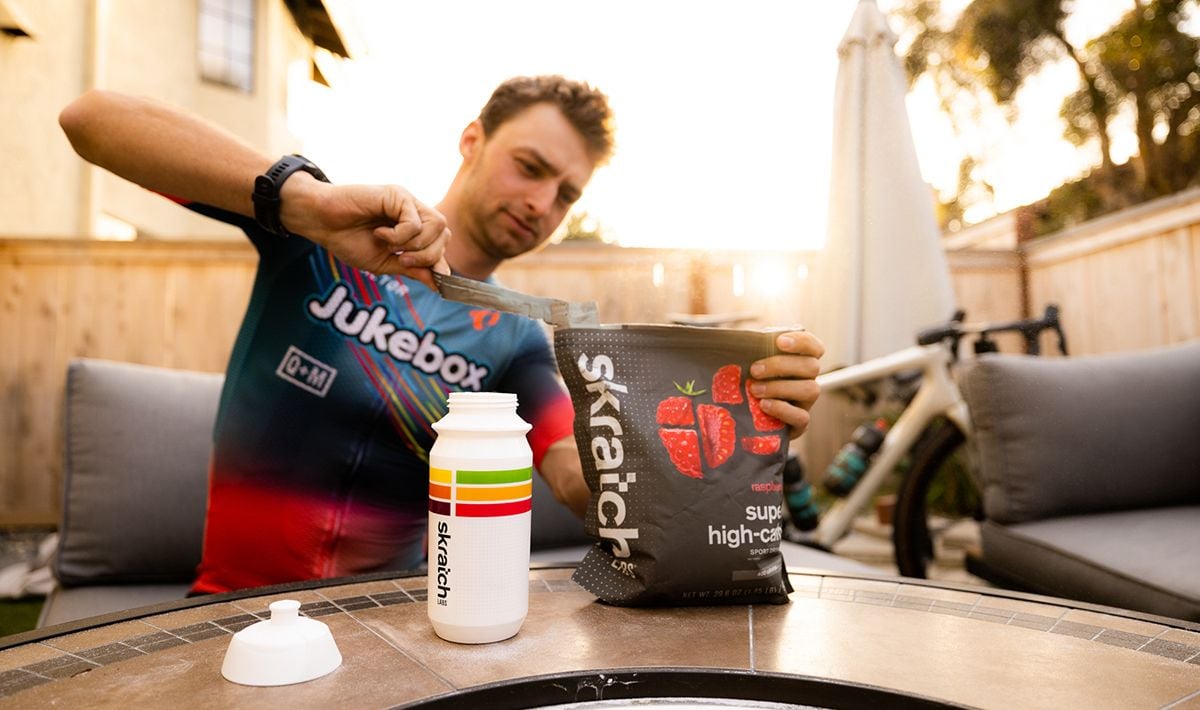
Skratch Labs

